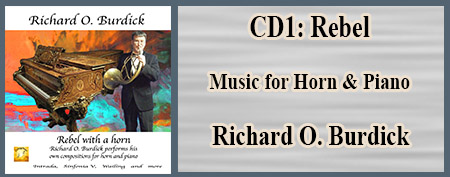The musical compositions of Richard Burdick
Follow on Twitter
Opus 95
New-sounds-in-minimalism
"Ragas" style
1996
Contact us for a free study score
![]()
Opus 95.1 Universal Rhythm for solo tape winter 1996 premiered Spring 1996 in Davis
This work is registered with ASCAP the ASCAP work ID is: 460357435
Opus 95.2.1 Chromatic universal rhythm solo & piano version premiered Spring 1996 in Davis
This work is registered with ASCAP the ASCAP work ID is:: 330533838
Opus 95.2.2 Chromatic universal rhythm trumpet & organ version premiered Spring 1996 in Davis
This work is registered with ASCAP the ASCAP work ID is:: 330533856
Opus 95.2.3 C major universal rhythm premiered Spring 1996 in Davis
This work is registered with ASCAP the ASCAP work ID is:: 330533865
Opus 95.3.1 Intonation study on #10 D major winter 1996 premiered Spring 1996 in Davis
This work is registered with ASCAP the ASCAP work ID is::390562524
Opus 95.3.2 Intonation study on #26 in Gb winter 1996 premiered Spring 1996 in Davis
This work is registered with ASCAP the ASCAP work ID is::390562533
Opus 95.3.3 Intonation study on #41 Premiered Spring 1996 in Davis
This work is registered with ASCAP the ASCAP work ID is::390562542
Opus 95.4 Grand duo for violin and horn premiered in Davis, Spring 1996
This work is registered with ASCAP the ASCAP work ID is:: 370274481 listed as op. 96 4
The set of opus 95 along with opus 96 & 97 all have a similar & particular style to them. I had felt I had come to a major breakthrough in my studies. I charted the overtone series in relationship to the scale. This is a way of looking at a scale that I really like. It give the scale a signature similar to the of a star when it is looked at in spectrum analysis. Each set of notes is different.
These compositions have a tonic drone and rythym patterns above the drone in correlation to the overtone. I. e. a D in a C scale would be played every 9 beats and an E every five.
![]()
April 15, 2025:
Work has begun on an I Ching Cycle base on this work from 1996.
There are two basic possible types of this:
Short notes (+ & loud) long notes (- & soft)
The dominate is placed higher in the spectrum, above the lower three I Ching Hexagram tones.
The tonic is always creative (short & loud)
The dominate is always long & soft
As in the scales of Northern India, The tonic and dominanate are constant. Above those teh six remain tones of the scale outlline the I Ching hexagram.
I am using the version of short notes
Share This on Twitter Share This Link on Facebook
![]()
Not yet registered with ASCAP.
Contact us for more information.
Search I Ching Music:
 CD46
CD46 CD45
CD45 CD44
CD44 CD43
CD43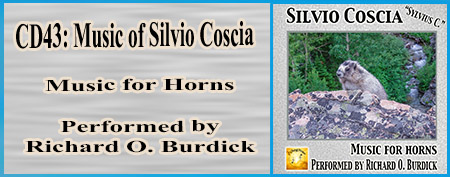 CD42
CD42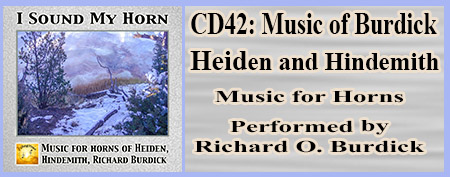 CD41
CD41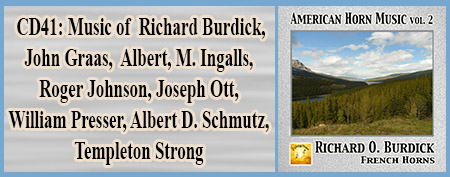 CD40
CD40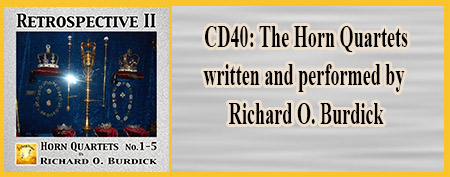 CD39
CD39 CD38
CD38 CD37
CD37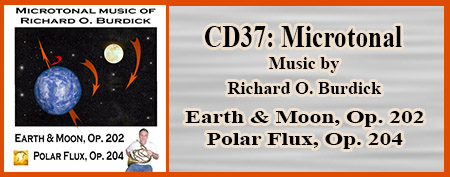 CD36
CD36 CD35
CD35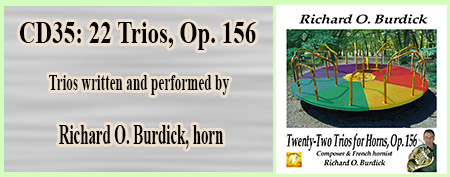 CD34
CD34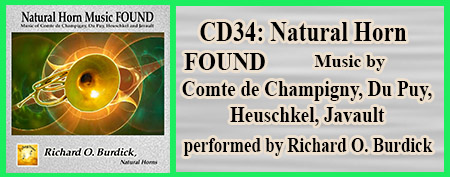 CD33
CD33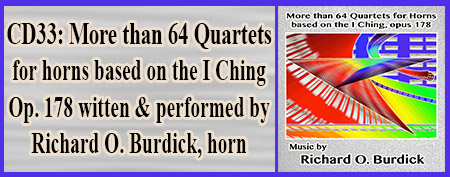 CD32
CD32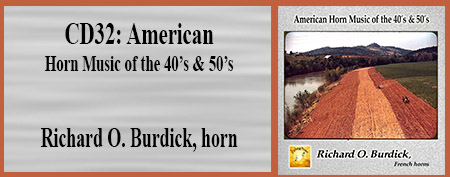 CD31
CD31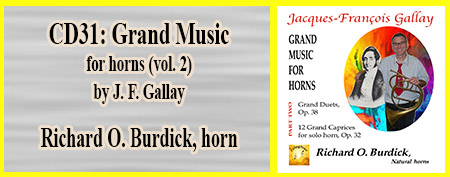 CD30
CD30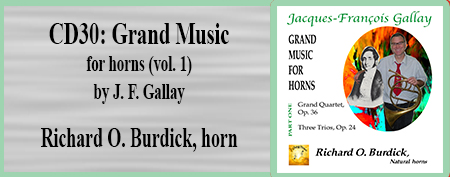 CD29
CD29 CD28
CD28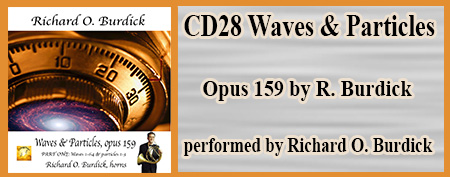 CD27
CD27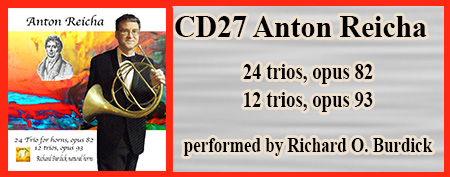 CD26
CD26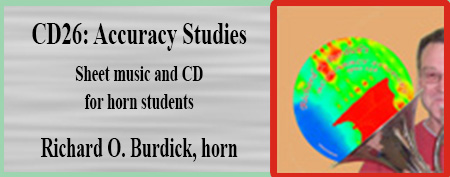 CD25a
CD25a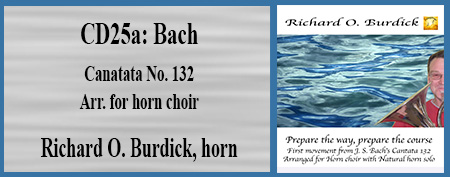 CD25
CD25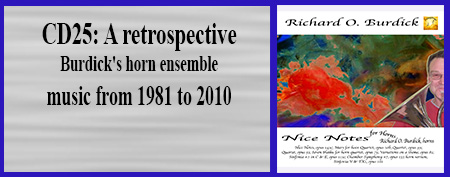 CD24
CD24 CD23
CD23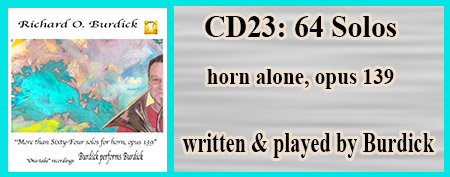 CD22
CD22 CD21
CD21 CD20
CD20 CD19a
CD19a 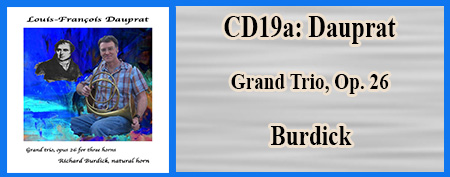 CD19
CD19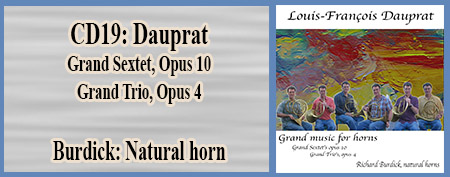 CD18
CD18 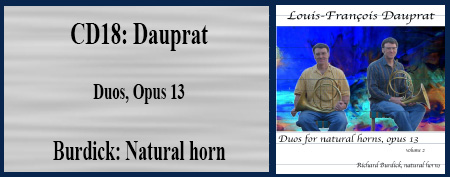 CD17a
CD17a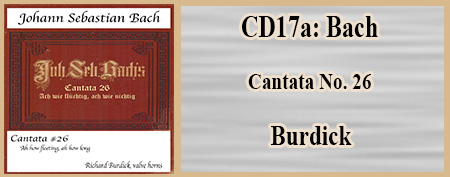 CD17
CD17 CD16
CD16 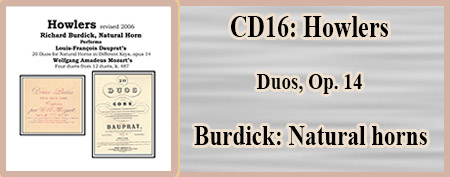 CD15
CD15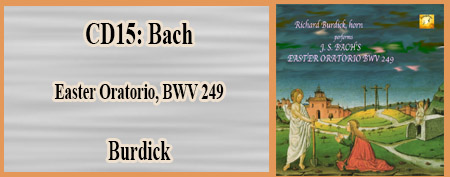 CD14
CD14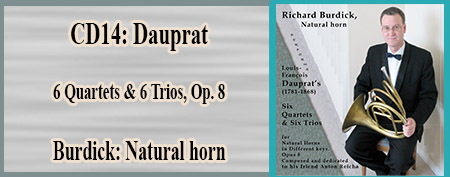 CD12
CD12 CD9
CD9 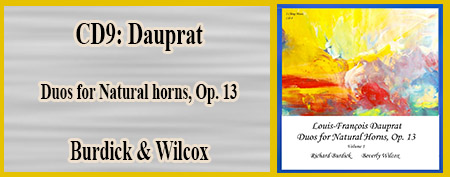 CD8
CD8 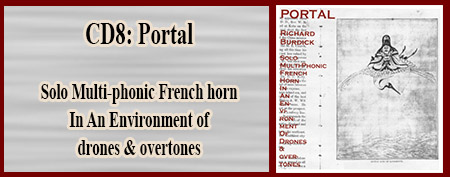 CD7
CD7 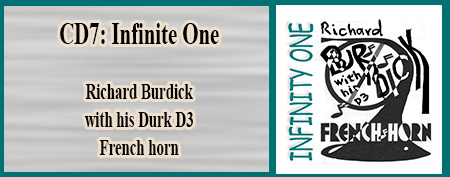 CD6
CD6 CD5
CD5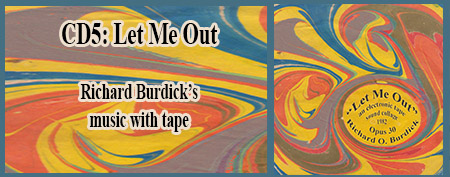 CD2
CD2 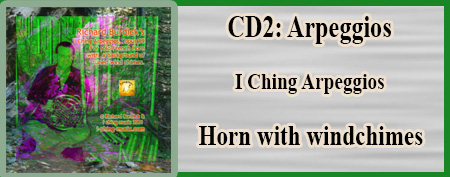 CD1
CD1 